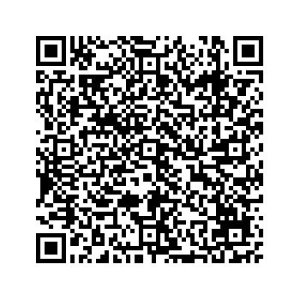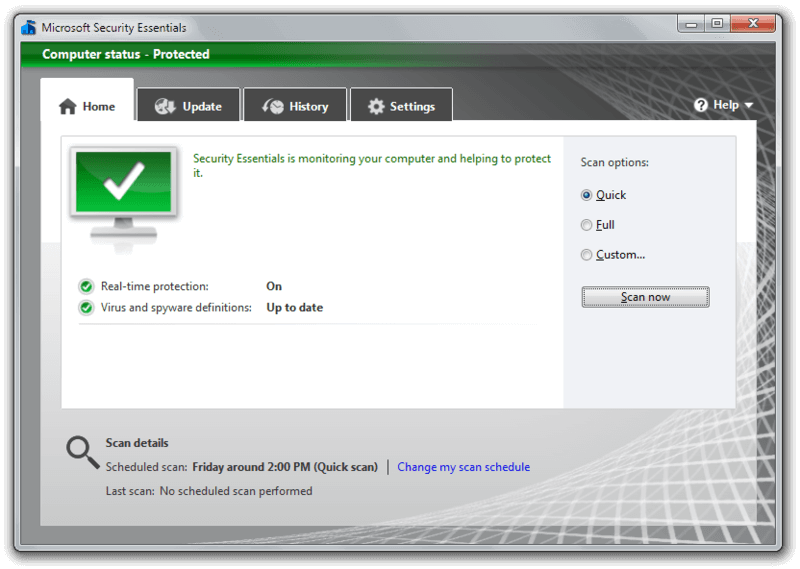 You’ve probably seen QR (Quick Response) codes on magazine and newspaper pages, billboards, kiosks, T-shirts, business cards, product packaging, brochures, nametags, menus, tickets, receipts, Web pages, email signatures, and other locations. But what are they exactly? For businesses, these squareshaped codes are potential marketing tools that carry little financial risk but steer anyone with a cameraenabled smartphone or tablet directly to videos, blog posts, coupons, giveaways, social network pages, contact information, maps, free downloads, and other marketing material. Read on to discover how QR codes are helping companies tout themselves and their products.
You’ve probably seen QR (Quick Response) codes on magazine and newspaper pages, billboards, kiosks, T-shirts, business cards, product packaging, brochures, nametags, menus, tickets, receipts, Web pages, email signatures, and other locations. But what are they exactly? For businesses, these squareshaped codes are potential marketing tools that carry little financial risk but steer anyone with a cameraenabled smartphone or tablet directly to videos, blog posts, coupons, giveaways, social network pages, contact information, maps, free downloads, and other marketing material. Read on to discover how QR codes are helping companies tout themselves and their products.
Break The Code
As Patrick Donnelly, solutions architect at mobile marketing company 2ergo (www.2ergo.com), says, QR codes are attractive marketing tools because codes are cheap to create and they work with all smartphones. “They are an easy way to engage customers on the go and to connect the offline and online worlds,” he says, adding that QR codes eliminate the user’s need to type a mobile Web site’s URL or remember keyword or shortcode combinations.
Compared to one-dimensional barcodes that are scanned horizontally, QR codes are 2D and scanned horizontally and vertically, meaning they can embed much more data, including thousands of alphanumeric characters. Two public examples of QR code usage include the Transportation Security Administration’s use of QR codes on airport checkpoint signs to provide passengers information about screening procedures and Wikimedia recently enabling the ability to use a QR code to send a mobile-friendly version of a Wikipedia article to a smartphone in the user’s own language.
The Tools
A simple Web search for “QR code generator” returns scads of free and paid options for creating QR codes that a smartphone or tablet with a camera and reader app can read. Apps are available for all the major smartphone platforms, and many smartphones can scan codes out of the box. Once a code is scanned, the app executes whatever action the code contains, such as opening a mobile Web page offering a company coupon. Using a Web site analytics tool, such as Google Analytics (www.google.com/analytics), you can gauge the Web traffic that QR code is generating.
“The most effective ways to use QR would be in the context of mobile marketing and having a mobile user experience that is optimized for small screen sizes and makes sense to the consumer,” Donnelly says. “QR codes can be placed anywhere you would like someone to interact with your brand or product. Typically, we see QR codes on traditional media channels such as storefronts, magazine ads, direct mail, and TV advertisements, but we are seeing more on websites and earned media spaces.” Donnelly advises to incorporate QR codes into marketing strategies early on vs. at the last minute and be certain to have a “clear call to action in your marketing materials and have a good mobile-optimized experience people will care about”
Code Tips
General advice when creating QR codes includes:
• The more data that’s embedded, the more difficult a code can be to scan.
• Avoid using long URLs; use a URL shortening service if necessary.
• Large-sized codes typically scan more reliably.
• Make certain embedded content is worth the scanner’s time.
To the last point, Roger Smolski, editor of 2d code, says businesses should “think out of the box” and provide a “real tangible value to the QR code scanner” “Reward the scanner of your QR code with a valuable or extremely useful experience. If you can’t do that don’t bother to use a QR code” Smolski says. Even if a QR code is placed where only a handful of people will ever scan them, the business can still get good publicity, according to Smolski. The best examples of QR usage, he says, are “those that use the novelty value of the QR code to garner publicity or use the QR code in a novel way.”
Author Bio:
This Article is written by Kashif Raza. Find uverse coupon code and coupon codes at connectionfly.


























Leave a Reply